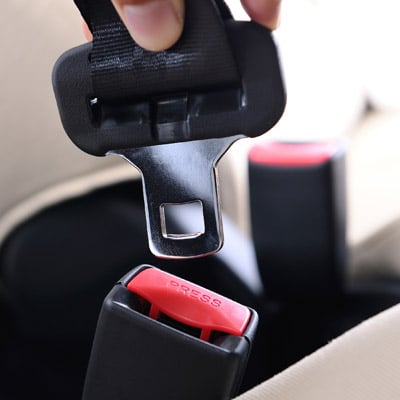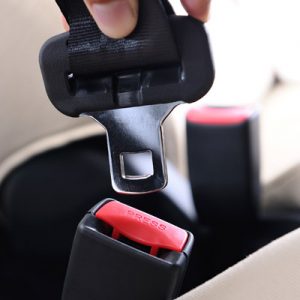Today we live in a mobile world with every part of life moving at a rapid pace. Movement of people to and from their home environment usually involves a form of transport and, for some, this means driving to work in their own or a company vehicle.
Some work positions are static which means the person drives to work and stays in the building for the duration of the working day. Other work positions are quite the opposite with workers driving from one location to another all day, every day during their working life. An example is a sales person, community nurse or those in the care sector visiting vulnerable persons.
Higher risk groups
The HSE estimate that every year 50 fatalities occur in the workplace and there are over 5000 incidents involving transport. In addition, it is estimated that up to one-third of all road traffic collisions involve someone who is at work at the time. (HSE source)
The workers who spend a large portion of the working day in their vehicle are at higher risk of a road traffic collision than a person driving to and from one location. The employer will need to review those who drive and ensure that there are additional measures in place to eliminate or minimise the risk to the worker where possible.
Employers’ duty and risk assessment
The employer must provide a safe working environment and ensure that all significant driving risk are risk-assessed. A risk assessment form can be completed by all drivers and a copy of the driving licence could be checked on a regular basis by the employer.
Instruction, information and training
The employer could review whether there are any additional training courses available to increase the workers awareness of road risk and give the worker additional knowledge on safe driving and awareness of other road users.
Pre-use checks and detailed visual inspections
The driver has a responsibility to ensure that they are a competent driver. They should check that the vehicle they are driving also covers business use and they will need to make sure it has an MOT at regular intervals. They should inspect their own vehicle and ensure it is roadworthy and safe to use. Before use, the driver should do a visual inspection on the basics such as the tyres, indicators and brakes.
The employer who leases a vehicle should ensure that it is roadworthy and maintained at required intervals. The employer could provide a vehicle inspection form that is completed prior to use and lists a range of different areas the driver must visually inspect.
Road traffic collisions
All road traffic collisions must be reported to the business, and a thorough investigation carried-out to determine the root cause of the collision. If a collision is serious and warrants a police investigation then the particular areas they will review are the vehicle, environment and the drivers.
Health and safety recommendations for drivers
The following recommendations to ensure the drivers at work remain safe whilst driving at work are as follows:
- The drivers must be competent and hold a valid driving licence
- The driver must report any reportable medical conditions to the DVLA
- The vehicle must be inspected and be roadworthy
- The drivers must ensure that the vehicle they are using is covered by business insurance
- A pre-inspection must be carried-out before using the vehicle
- The employer could have a driving at work policy
QCS Heath & Safety policies
QCS have guidance and policies to support your service in meeting the requirements of health and safety.
Sally Beck RGN, BSc (Hons), MSc, CMIOSH – QCS Expert Health and Safety Contributor





